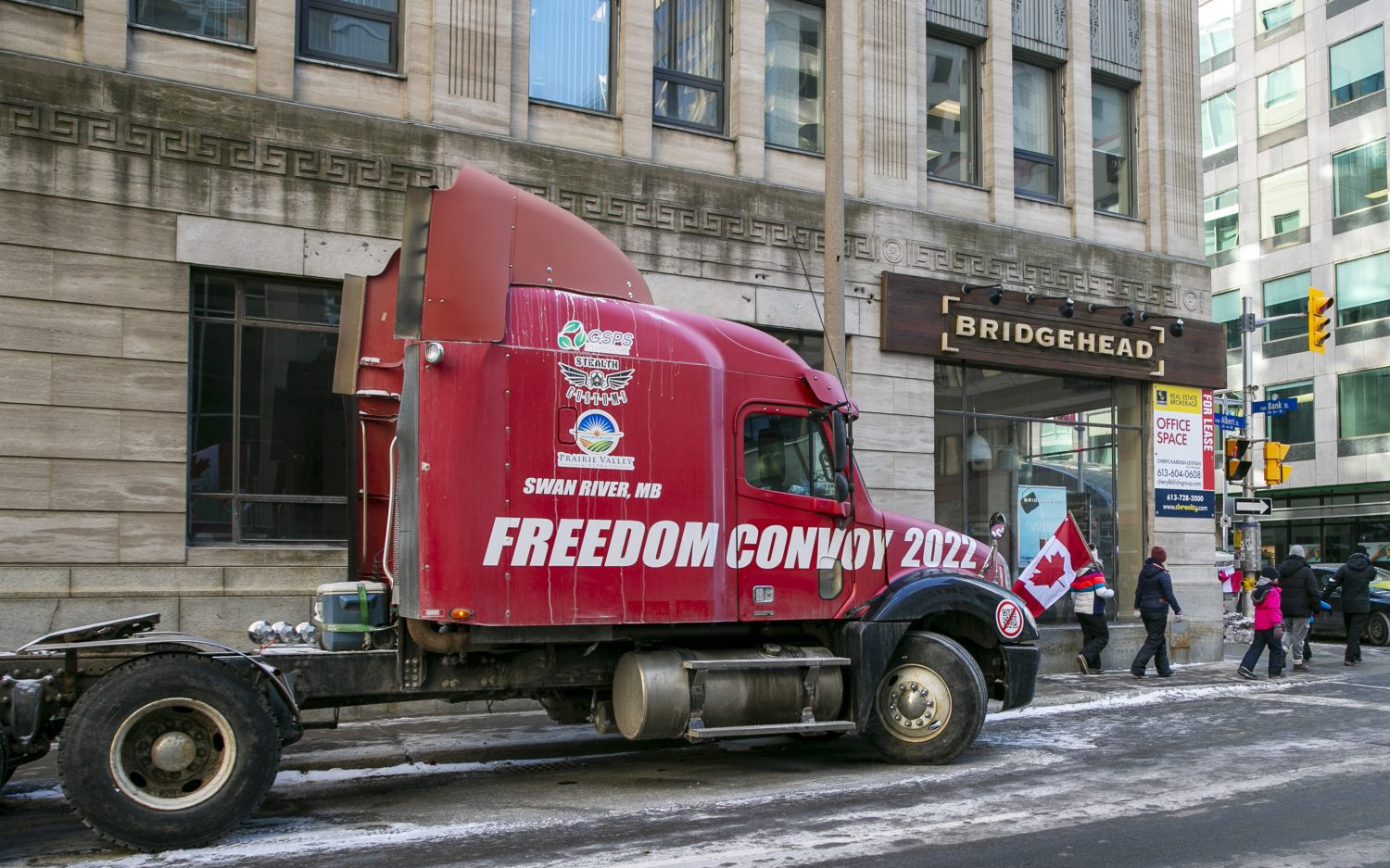Stagecoach: The film that made John Wayne a star
The Hollywood legend died 37 years ago today
Film legend John Wayne, one of the most popular actors of the 20th century, died 37 years ago today. Over the course of a half-century, he appeared in nearly 250 movies, but the film that made John Wayne a star was Stagecoach (1939), directed by John Ford.
Stagecoach is not only responsible for creating the heroic, rugged, self-reliant Wayne persona, it also is arguably the first exemplar of the modern film.
Fully tracing its impact isn’t possible, but echoes of Stagecoach can be heard (and seen) in the classic films Citizen Kane and Casablanca from the 1940s, and even in recent action fare such as 2015’s Mad Max: Fury Road.
Ironically, it is Stagecoach’s pervasive influence that makes it seem unoriginal to contemporary audiences. Today, the very premise appears clichéd: a band of strangers forced to travel together, including an outlaw seeking redemption and a prostitute with a heart of gold. Yet in the artful hands of its director, who earned a best-director Oscar nomination for the film, all those clichés work. The result is a film that launched a cycle of textured, thoughtful Westerns that lasted nearly 30 years.
Prior to portraying the Ringo Kid in Stagecoach, Wayne already had acted in films for a decade, appearing mostly in second-string, Poverty Row features (also known as B-movies). But with Stagecoach, Ford made every effort to transform the still relatively unknown Wayne into a full-blown star.
The adept director does this most often by transforming settings. Through the use of innovative low-angle shots with visible ceilings, Wayne not only occupies the screen, but also fills the room from top to bottom. (This technique is most often attributed to Orson Welles in Citizen Kane, yet Ford utilized it two years prior.) Ford also turns the sweeping plateaus and sandstone buttes of Monument Valley along the Arizona-Utah border, his favorite filming location, into characters—or at least a scenic device for commenting on the human characters.
Another important aspect of Stagecoach is how it functions as social commentary, employing a depth of characterization that subverted the character conventions of its time. By the end of the movie, the seemingly virtuous characters are revealed not to be so virtuous after all, while the heroes turn out be the lower-class characters who have been looked down on by their “betters.”
It may be easy to think of Stagecoach as an outdated product of another era, but it’s not. Ford’s collection of characters, images, and themes paint an unmatched and unforgettable portrait of the Old West and of the people who pioneered it. And the film’s universal themes—sin and redemption, cowardice and heroism—make it as alive today as it was upon its initial release.
Stagecoach is available on DVD and Blu-ray, as well as via web streaming. It will air July 5 on the cable channel Turner Classic Movies.
An actual newsletter worth subscribing to instead of just a collection of links. —Adam
Sign up to receive The Sift email newsletter each weekday morning for the latest headlines from WORLD’s breaking news team.




Please wait while we load the latest comments...
Comments
Please register, subscribe, or log in to comment on this article.